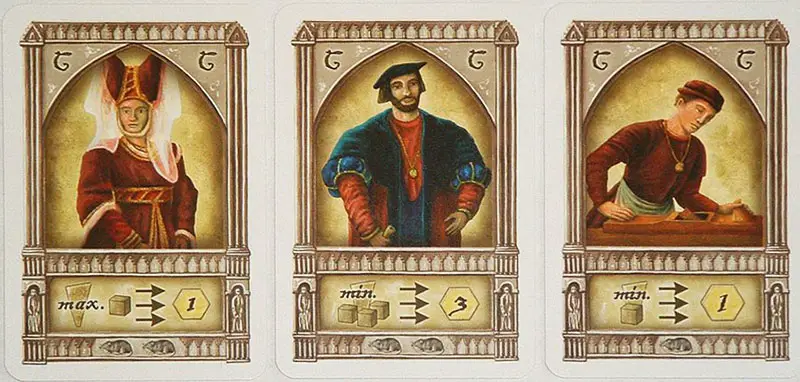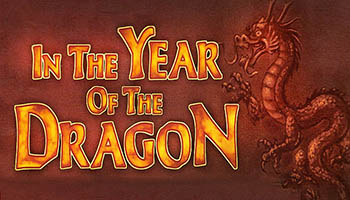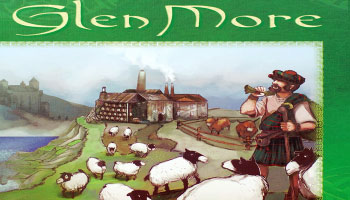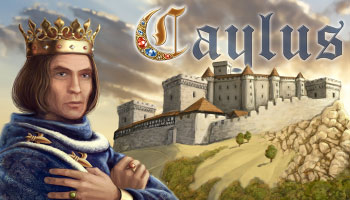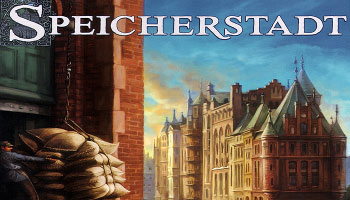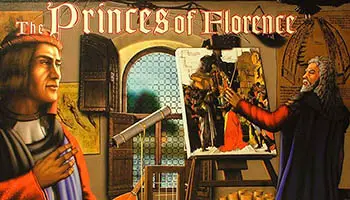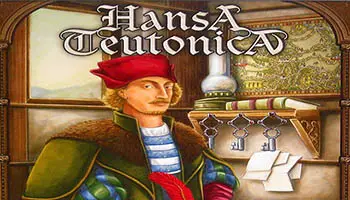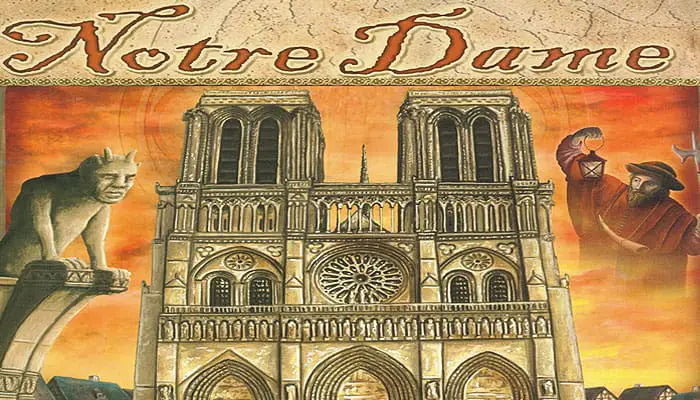
Players assume the roles of heads of influential families in Paris at the end of the 14th century. In the shadow of Notre Dame cathedral, players compete for prominence.
Players maximize wealth and prestige using action cards to shrewdly influence the sectors in their boroughs. Adding influence to banks increases access to money; spending on residences increases prestige. In addition to playing action cards, each round players have the opportunity to hire service professionals to help.
Players are presented with a myriad of alternatives, and must choose wisely. The most successful players will find just the right moment to take advantage of their opportunities. The player with the most prestige at the end is the winner. …



